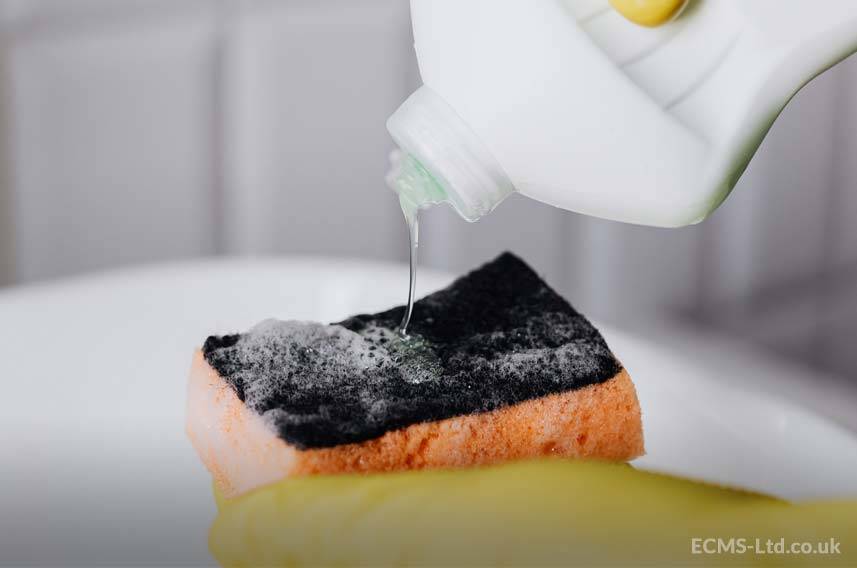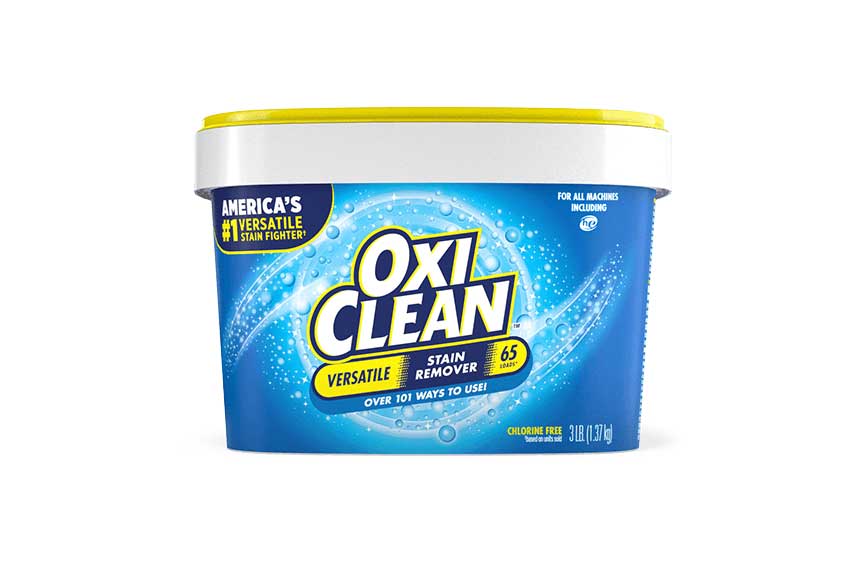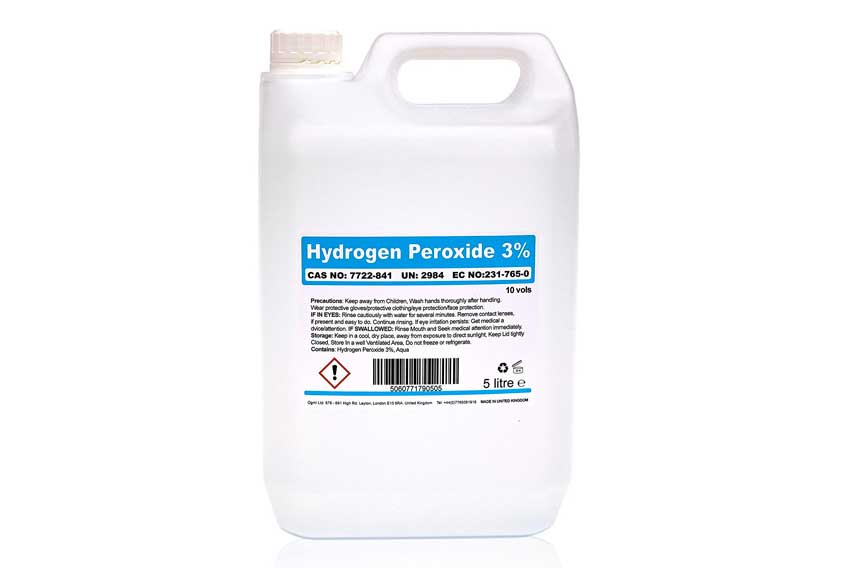Tel: 01474 876800 • Client Portal
- Who We Are
- What We Do
- Build
- Carpentry
- Building Works
- Commercial Flooring
- Commercial Glazing
- Commercial Locksmith
- Commercial Painting & Decorating
- Commercial Plastering
- Commercial Plumbing
- Commercial Refurbishment
- Commercial Roofing
- Design & Construction
- Electrical Installation
- Hard & Soft Landscaping
- Mechanical & Electrical
- Office Builders
- Office Fit Outs
- Office Heating
- Office Partitioning
- Office Relocation
- Site Management
- Maintain
- 24 Hour Helpdesk
- Access Control
- Air Conditioner Repair
- Air Conditioning Servicing
- Commercial Boiler Servicing
- Commercial Electricians
- Commercial Ground Maintenance
- Commercial Pest Control
- Commercial Property Maintenance
- Drain Unblocking
- Emergency Callouts
- Emergency Light Testing
- Facilities Management
- Fire Alarm Testing
- Fire Extinguisher Testing
- Fire Sprinkler Testing
- Fixed Wire Testing
- Handyman Service
- Lift Servicing
- Office Health & Safety
- PAT Testing
- Planned Preventative Maintenance
- Reactive Maintenance
- Roof Maintenance
- TMV Maintenance
- Water Hygiene
- Clean
- Build
- How We Do It
- Why Use Us
- Contact

How to Get Blood Out of a Carpet
Stains of any kind are irritating; they require cleaning products, time, and elbow grease.
Bloodstains are especially problematic.
Not only are they unsightly, but they can also potentially attract the wrong kind of attention even if this original incident was completely innocuous.
Therefore, it’s best to remove blood stains as quickly and discreetly as possible.
Table of Contents
Mop Up Excess Blood
The first step in removing blood is to remove the excess.
Thankfully, blood can be diluted with water.
Use a damp white cloth to determine whether it removes the excess or worsens the problem.
Do not wipe the blood.
Use the rag in a blotting motion, as though you were dabbing paint.
That way, the rag soaks up the excess and does not rub it deeper into the carpet fibers.
If the stain is already dry, do not immediately apply any cleaning solution.
Instead, use a stiff brush e.g toothbrush, scrub brush, to break the solidified blood into chunks.
This will allow the cleaner to work more effectively and remove it from the carpet, as opposed to removing the surface layer of the stain while leaving the main body intact.
Method 1: Dish Soap

It effectively breaks down petroleum oils, food grease, and bodily fluids such as blood.
Apply a small amount to a damp rag and blot the stain to soak it up.
Rubbing will drive the blood further into the carpet fibers and compound the issue.
If the stain is dry, brush the carpet with a stiff brush to break it into flakes and continue blotting.
Repeat as necessary.
After the stain is removed and the carpet is dry, soak another damp rag in cold water.
Gently blot the location of the stain to remove any remnants and pat dry.
Method 2: Starch
Starch is an effective method of removing blood stains or literal blood puddles from surfaces.
In order to achieve the best results, soak a rag in warm water and dab the bloodstain if it is on the carpet.
Once the stain is damp, sprinkle a generous amount of potato starch and let it sit for 24 hours.
After 24 hours, the starch will have absorbed the water and blood mixture, which can be vacuumed away.
This is a time-consuming but effective method that really works.
Method 3: OxiClean Stain Remover

OxiClean is a commercial stain remover and highly effective at removing blood, among other substances, from fibrous surfaces such as carpets.
To remove blood from the carpet, soak the recommended amount of OxiClean in the appropriate amount of warm water.
There will be instructions on the back of the container.
However, if there’s no instructions present, a mixture of 1 part OxiClean to 2 parts water is effective.
Do not pour the OxiClean onto the stain.
Instead, use a spray bottle or soak a rag and dab the stain.
Too much will damage the carpet fibers and cause them to shrivel and crisp.
Once the OxiClean is applied, let it sit for 5 minutes before blotting with a damp rag.
If this proves ineffective, apply more OxiClean and try again.
A 3-pound box will address any stain, but remember not to use excessive amounts at one time.
Method 4: Water & Ammonia
Water mixed with ammonia is a concentrated cleaning solution.
In order to remove blood from the carpet:
- Mix 2 teaspoons of ammonia with water.
- Apply the solution using a rag, and let it sit for ten minutes before blotting with a clean cloth.
- Do not use straight ammonia on woolen carpets, as it will ruin the wool.
Ammonia is highly alkaline and will damage the wool fibers.
This holds true for woolen and synthetic wool carpets.
The ammonia will damage the polyester fibers too.
Method 5: Hydrogen Peroxide

Hydrogen peroxide is a safe and effective method of removing blood from a carpet.
However, one must exercise caution.
Hydrogen peroxide is a powerful cleaning solution, but it can remove the dye from carpet fibers and change or remove the color entirely.
A good rule is to try a test patch using the peroxide on an unseen corner of the carpet.
This will determine whether it removes the stain without damaging the carpet.
If the peroxide is safe for the carpet, apply it using a cotton swab.
Cover the entire stain thoroughly with peroxide.
Allow it to sit for 2 hours, then blot the stain with a clean cloth.
If that fails, reattempt with more peroxide after allowing the stain to dry.
Brush the carpet to break up any flakes before reapplying peroxide.
Conclusion
Blood is a tricky substance to remove from a carpet.
Its properties mean it is effective at staining and ruining surfaces or products such as carpets, linens, wools, flannels, and more.
The more dense, loose fibers the surface contains, the worse the blood stains and the more difficult it is to remove.
However, the methods outlined in this article should effectively remove blood stains from most carpets and floor rugs.
Request a Callback
Recent Posts
- 10 Common Saniflo Toilet Troubleshooting Solutions 01th Jul 2025
- Importance of Personal Hygiene at Work 01th Jun 2025
- How to Clean a Toilet Brush 01th May 2025
- How to Clean Painted Walls 01th Apr 2025
- How to Get Oil Stains Out of Carpet 01th Mar 2025
- How to Clean a Fridge and Remove Bad Smells 01th Feb 2025
- How to Get Coffee Stains Out of a Carpet 01th Jan 2025
- How to Clean Gutters Correctly 01th Dec 2024
- What is PAT Testing? 01th Nov 2024
- How to Clean an Oven 01th Oct 2024

